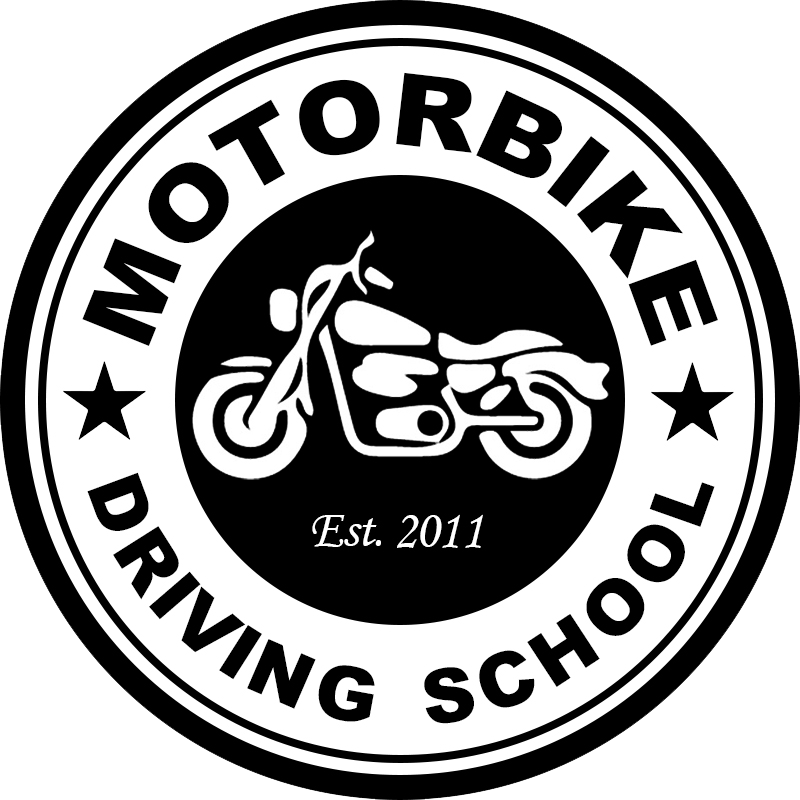The anti-lock braking system is an enhanced braking safety system. It prevents the wheel from locking while braking. It keeps a tractive connection with the road surface gradually. Other names of ABS are traction control system, emergency brake assist, electronic stability control, and electronic brake-force distribution system. Earlier it was used on aircraft, but now manufacturers are using it in motorbikes, cars, and buses as well. This is an automatic technology that uses threshold braking and cadence braking methods. The ABS system offers two-step ahead braking capability than the drum braking system. Besides this, it gives the vehicle an extra grip on smooth, dry, loose gravel snow-covered surfaces.
Anti-lock Braking System Components
The ABS system uses high-ended components. The following are some of the main ones.
1. Controller Unit
The main function of the controller is to receive information from the speed sensors of each wheel. If the braking system loses traction, the controller receives an automatic signal. As a result, the controller limits the brake force and activates the ABS modulator for preventing potential wheel lock.
This unit normally has a magnet enclosed within a coil and toothed ring. A signal is generated when the ring and magnet produces an electric field. After that, the sign is sent to the ABS controller in the form of a digital signal. Then it decides the speed of the individual wheel.
3. Valves
They play a big role in the ABS system by handling the pressure. If the brake pedal is pressed harder, then valves limit the pressure. Mainly the valves have open, block and release positions. They function as allowing the pressure, blocking pressure, and releasing pressure.
4. Pump
The function of the pump in the ABS system is to restore the pressure after the valves releases it. Then, the controller changes the status of the pump for producing a desired amount of pressure.
5. Brake Fluid Unit
It is the main component in the hydraulic brake fluid system. Further, it transfers hydraulic lines force to the braking mechanism. It prevents the braking system from heating up due to the high boiling point. It also protects the attached materials from corrosion.
Benefits of Anti-lock Braking System
ABS system has many advantages vis-a-vis the traditional drum braking system.
1. Prevent Wheel Locking – In slippery conditions, it reduces the chances of locking wheel completely. It also protects from skidding.
2. Reduces Insurance Costs – It keeps low the insurance costs for the owner. As in many situations, the ABS system prevents many accidents from happening.
3. Protect Tire Treads – As the ABS works on anti-locking technology. It then reduces the friction between road surface and tires. Thus, it provides a long life to tires and saves money as well.
4. Provide Effective Steering Control – It provides good and smooth steering controls. Therefore, no overturning of the vehicle.
5. Effective in Emergency Situations – The ABS braking system is helpful and a lifesaver in situations where we need to stop vehicles faster. It provides this because all the component is electronic and computer-controlled.
Brake Types (ABS System)
The anti-lock braking system uses different schemes according to the braking system. The following are some of the ABS braking types.
1. Single-channel and single sensor
2. Two-channel and four sensors
3. Three-channel and three sensors
4. Three-channel and four sensors
5. Four-channel and four sensors
Thus, the anti-lock braking system (ABS) is an enhanced and safer version of earlier braking systems such as the drum brakes.


Great service. I had a brake pad and rotor. My car looks like a new feel l am driving a new car. I am lucky I found it. Thanks.
Thank you for visiting Motorbike Driving School
Thank you for this informative blog. It is very helpful for Drivers.
Hi Ricky, Thank you for visiting Motorbike Driving School